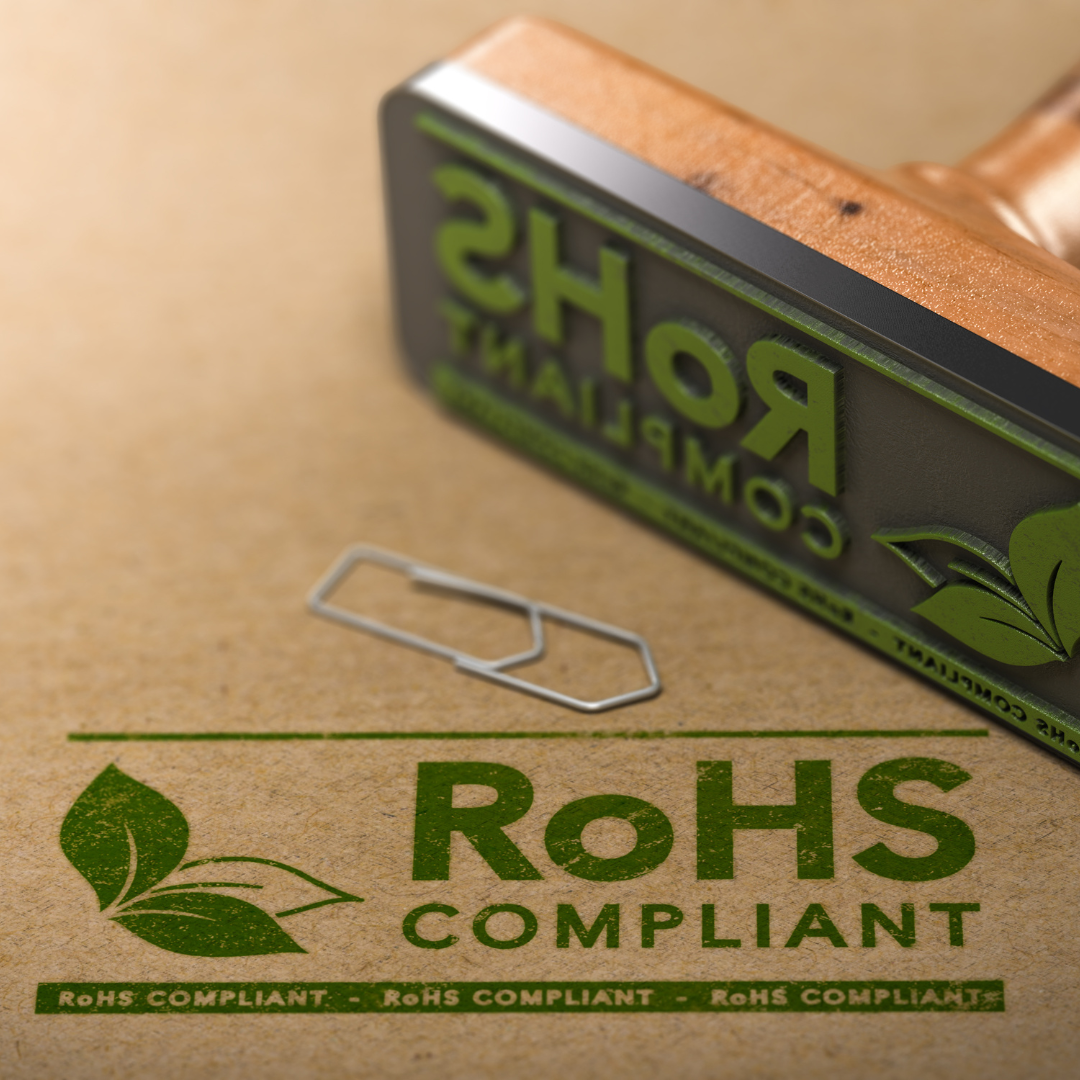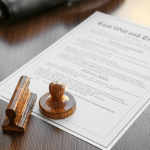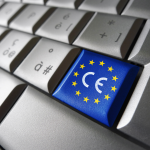Navigating Environmental Compliance: A Comprehensive Guide to RoHS Certification and Regulations
Introduction:
ROHS Certification-In an era of heightened environmental awareness, RoHS (Restriction of Hazardous Substances) compliance has become a pivotal aspect of global manufacturing and trade. This comprehensive guide explores the significance, regulations, and certification process associated with RoHS, shedding light on its impact on businesses and the environment. Additionally, we will delve into common questions regarding the RoHS certification, its regulations, and its implications in the UAE.
Understanding RoHS:
RoHS is a set of regulations aimed at restricting the use of hazardous substances in electrical and electronic equipment (EEE). The directive originated in the European Union (EU) but has influenced global manufacturing practices, shaping how products are designed and produced.
Key Substances Restricted by RoHS:
RoHS primarily targets six hazardous substances, namely lead, mercury, cadmium, hexavalent chromium, polybrominated biphenyls (PBBs), and polybrominated diphenyl ethers (PBDEs). Compliance with RoHS ensures that these substances are minimized or eliminated from electronic products.
Scope of RoHS Regulations:
RoHS regulations apply to a wide range of electrical and electronic products, including household appliances, IT equipment, lighting, medical devices, and telecommunications equipment. It places responsibility on manufacturers, importers, and distributors to ensure that their products comply with these regulations.
Importance of RoHS Certification:
Obtaining RoHS certification signifies a commitment to environmental responsibility and compliance with global standards. This certification not only meets regulatory requirements but also enhances a company’s reputation, instilling consumer confidence and promoting sustainable business practices.
RoHS Certification Process:
a. Product Assessment:
Manufacturers must assess their products to identify and document the presence of restricted substances. This involves thorough material analysis and documentation.b. Testing and Analysis:
Products undergo rigorous testing to ensure compliance with RoHS regulations. This may involve X-ray fluorescence (XRF) analysis and other methods to detect hazardous substances.c. Documentation and Records:
Maintaining detailed records of materials, manufacturing processes, and testing results is crucial for demonstrating RoHS compliance. Proper documentation is essential for the certification process.d. Third-Party Certification:
Many companies opt for third-party certification bodies to verify and validate their RoHS compliance. These bodies provide an independent assessment, enhancing credibility and ensuring transparency.RoHS Regulation in the UAE:
The UAE has adopted RoHS-like regulations to align with global environmental standards. While not identical to the EU RoHS directive, the UAE regulations share common principles, requiring manufacturers to restrict hazardous substances in electronic products.
Requirements of RoHS:
RoHS compliance mandates the elimination or strict control of hazardous substances in electronic products. Businesses must adhere to substance concentration limits, conduct testing, and maintain accurate documentation throughout the manufacturing process.
Future Developments:
As technology advances and environmental concerns grow, RoHS regulations are subject to continuous evolution. Keeping abreast of updates and staying proactive in adopting sustainable practices will be crucial for businesses aiming to maintain compliance.
Is RoHS Required for UAE?
As of my last knowledge update in January 2022, the United Arab Emirates (UAE) has not implemented a specific RoHS (Restriction of Hazardous Substances) directive similar to that of the European Union (EU). However, it’s crucial to stay updated on regulatory changes as they can evolve.
Understanding RoHS Compliance:
RoHS compliance is typically associated with adhering to regulations that restrict the use of hazardous substances in electrical and electronic equipment. To ensure your products meet RoHS standards, consider the following steps:
Stay Informed:
Regularly check with relevant authorities in the UAE to stay informed about any updates or changes in regulations related to hazardous substances in electronic products.
Assess Applicability:
Determine whether your products fall within the scope of RoHS-like regulations in the UAE. Some regions adopt similar standards to promote environmental sustainability.
Engage with Regulatory Bodies:
Contact local regulatory bodies or government agencies in the UAE responsible for environmental compliance. Seek guidance on specific requirements and regulations related to hazardous substances in electronic products.
Conduct Product Assessment:
Assess your products to identify and document the presence of restricted substances. This involves detailed material analysis and documentation of components used in manufacturing.
Testing and Certification:
Engage with accredited testing laboratories to conduct tests ensuring compliance with hazardous substance restrictions. Certification bodies may validate your compliance efforts, enhancing your credibility.
Documentation and Records:
Maintain detailed records of materials used, manufacturing processes, and testing results. Comprehensive documentation is essential for demonstrating RoHS compliance and may be required for certification.
Third-Party Certification:
Consider obtaining third-party certification from recognized bodies that specialize in RoHS compliance. Independent assessments enhance credibility and transparency in your commitment to environmental responsibility.
Continuous Compliance Monitoring:
Implement processes to continuously monitor and ensure ongoing compliance with RoHS-like regulations. Regularly update your understanding of the regulatory landscape and adapt your practices accordingly.
Note:
It’s crucial to check with relevant authorities or consult legal experts to ensure compliance with the latest regulations in the UAE. Regulations and requirements can change, and staying informed is essential to avoid potential legal and reputational risks.While there might not be a specific RoHS directive in the UAE, businesses should remain proactive in adhering to environmentally conscious practices. Implementing a robust compliance strategy ensures that your products meet global standards, fostering sustainability and responsible business practices. Always stay updated on regulatory changes and seek professional guidance to navigate the evolving landscape of environmental compliance in the UAE.Conclusion:
In conclusion, RoHS certification and regulations play a pivotal role in shaping the manufacturing landscape towards greater environmental responsibility. Understanding the significance of RoHS, complying with its regulations, and obtaining certification are essential steps for businesses aiming to thrive in the global market while prioritizing sustainability. As the environmental consciousness of consumers and regulatory bodies continues to rise, RoHS compliance stands not only as a legal requirement but as a testament to a company’s commitment to a cleaner, greener future.
Source: RoHS Compliance Guide: Regulations, 6 Substances, Exemptions, WEEE


